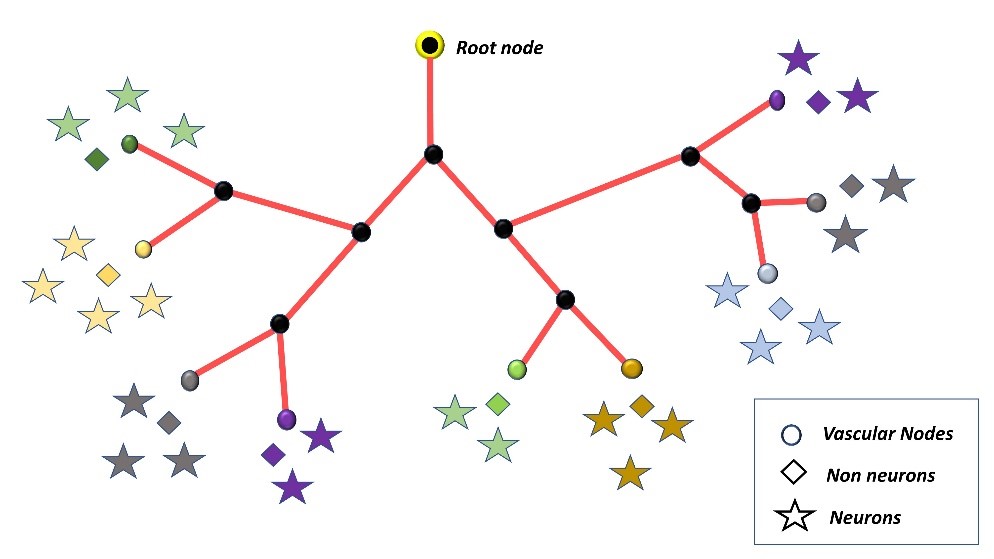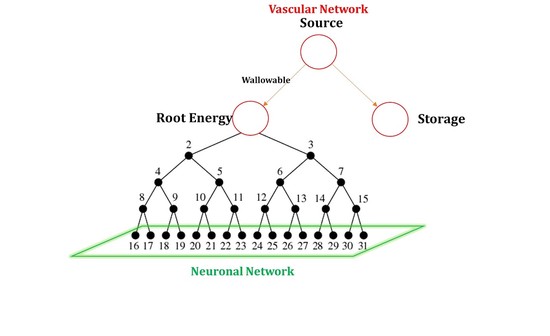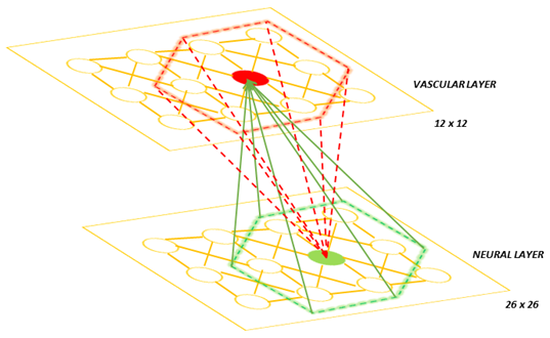Neuro-Vascular Team
Computational Neuroscience Laboratory
Indian Institute of Technology, Madras


The main goal of the neurovascular team is to:
Develop a simple yet powerful model to implement neurovascular coupling in the MESOBRAIN project.
Our journey exploring vessels and astrocytes, the "behind the scene" partners of neurons began almost a decade ago. We started to listen to what these silent partners had to say using simple mathematical models. The influence that the vascular feedback poses in manipulating the dynamics of the different kinds of neural networks are amazing. Our very first model (Gandrakota et al 2010) established the importance of the glial layer in the computational aspects of the neural network. It showed how critical the size of the glial layer is in deciding the learning capacity of the neural network. In addition we also saw how important it is to have desynchronization in vascular dynamics in order to get an efficient training in autoencoder neural network. Shortly after that we studied the behavior of neurons when connected bidirectionally with the energy system comprised of astrocytes and vessels (Chander et al 2012). The study analysed a single unit of neuron, astrocyte and vessel in detail and showed a variety of changes that manifested in the neural dynamics under various stages of metabolic constraints. But our vision is to find the most simplified model. Chhabria et al 2016 explored how to explain the importance of the metabolic feedback using low dimensional models. Later Kumar et al studied how the plasticity of neural network would be influenced by the metabolic constraints..

The Vascular Arborization Model (VAM) aims to model how the cerebral vascular network grows and spans the neural tissues to perfuse them effectively.

Using Artificial Neuro Vascular Networks (ANVNs) to understand the vascular network and to study the Blood Brain Barrier (BBB) plasticity in normal brain and pathological conditions.
A network level implementation of neuro-glial-vascular interactions

Exploring neurovascular network using an interactive GCAL architecture, to analyze the vascular network connectivity.
Exploring the use of coupled oscillators to explain neurovascular interactions.